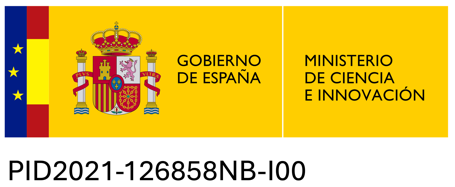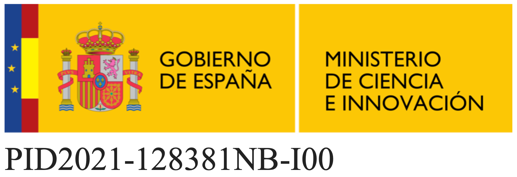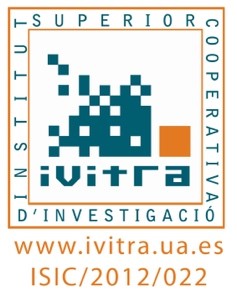Presentation
However, being basic or natural does not mean that it is simple. In the simplest scenario, a speaker’s utterance can provoke two reactions in the target: either they accept the proposition –so it becomes incorporated into shared knowledge in a kind of “archival updating” (Stalnaker 1978; Lewis 1979; Heim 1982)–; or they question it and seek to dispute it (Ginzburg [2012] 2015), which requires several strategies. Likewise, when the target does not find a referent –whether entity or proposition– that is directly related to a given information, they can build a bridge (Clark 1977) between that information and a previous one. This type of bridge between one information and another fosters discourse relations (Garrido 2007; Duc 2016), which can be made explicit through markers (Fuentes 1987; Portolés 1998; Martín Zorraquino & Portolés 1999; Pons 1998, among others), or they can remain implicit. When implicit, in a certain way they are left indeterminate, but the speaker relies on the ability of the target to obtain the expected connection through cognitive mechanisms (subjective) or pacts (intersubjective) that regulate the interaction. Such strategies intervene directly in grammar, either because grammatical structures are brought into the communicative exchange or because new grammatical forms emerge from it. Some dynamic models attempt to capture this range of relationships that emerge in the journey between grammar and discourse, providing mechanisms for shifting from one level to the other, such as emancipation (Mithun 2008), insubordination (Evans 2007) or cooptation (Kaltenböck, Heine & Kuteva 2011; Heine 2023).
With this in mind, THE GRAMMAR OF INTERACTION: DIACHRONY AND SYNCHRONY aims to be a forum for discussion on the analysis of Romance languages. The different theoretical approaches to this phenomenon lead to the determination of the following domains that serve as the pillars of this symposium: grammar in interaction, grammar of interaction, evidentiality, mirativity and interaction; and interaction in diachrony.
These focuses of interest have been distributed in the following thematic lines, which will be the backbone of the sections of the symposium:
• Grammar in interaction
• Grammar of interaction
• Evidentiality, mirativity, and interaction
• Interaction in diachrony
Objective
The title of the present symposium, “Grammar of Interaction”, aims to be a general framework that encompasses the space in which pragmatics and grammar, use in the context of interaction, and codified language, converge. Within this framework we are interested in how pragmatic strategies become encoded in the grammatical structure –in a broad sense of the concept– of Romance languages and how it evolves (both from an internal or grammatical point of view and from an external or normative perspective). Therefore, contributions dealing with the following topics, among others, are of interest to this symposium:
a) The link between pragmatics and grammaticalisation
b) The functional variation of language
c) The pragmatics of colloquial language
d) Modality, evidentiality, expressivity, or mirativity
Organising Entities
The conference THE GRAMMAR OF INTERACTION: DIACHRONY AND SYNCHRONY is one of the results of the following research projects “Gestión de la Información y Estructuración Lingüística II (GestINFII): Avances Teóricos, Análisis del Corpus GestINF y Propuestas de Aplicación” (PID2021-126858NB-I00), funded by MICIU/AEI/10.13039/501100011033 and by the ERDF, EU, coordinated by Susana Rodríguez Rosique and attached to the Department of Spanish Studies of the University of Alicante. And “El Catalán antes y después de Pompeu Fabra (S. XVII-XXI). Impacto de normativización sobre la evolución de la lengua catalana” (PID221-128381NB-I00), funded by MICIU/AEI/10.13039/501100011033 and by the ERDF, EU, coordinated by Josep Martines and Manuel Pérez-Saldanya, and attached to the Department of Catalan Studies of the same university.
The organising entities of this symposium are the following:
- Department of Spanish studies, General Linguistics & Literary Theory, of the University of Alicante.
- Department of Catalan Studies, of the University of Alicante.
- Interuniversity Institute of Valencian Philology (IIFV), at the Headquarters of Alicante.
- University of Alicante Headquarters of La Nucia.
- Higher Cooperative Research Institute IVITRA.
- Instituto Universitario de Estudios Sociales de América Latina (IUESAL).
- Observatori Multilingüe de la Variació Lingüística (OMVALING) (PROMETEO/2023/006)
The symposium was sponsored by the Conselleria de Educación, Cultura, Universidades y Empleo de la Generalitat Valenciana, through a grant from the CIAORG-23 programme.










